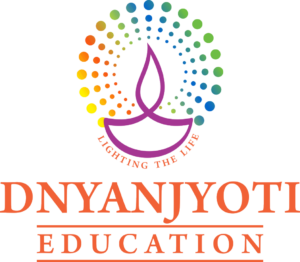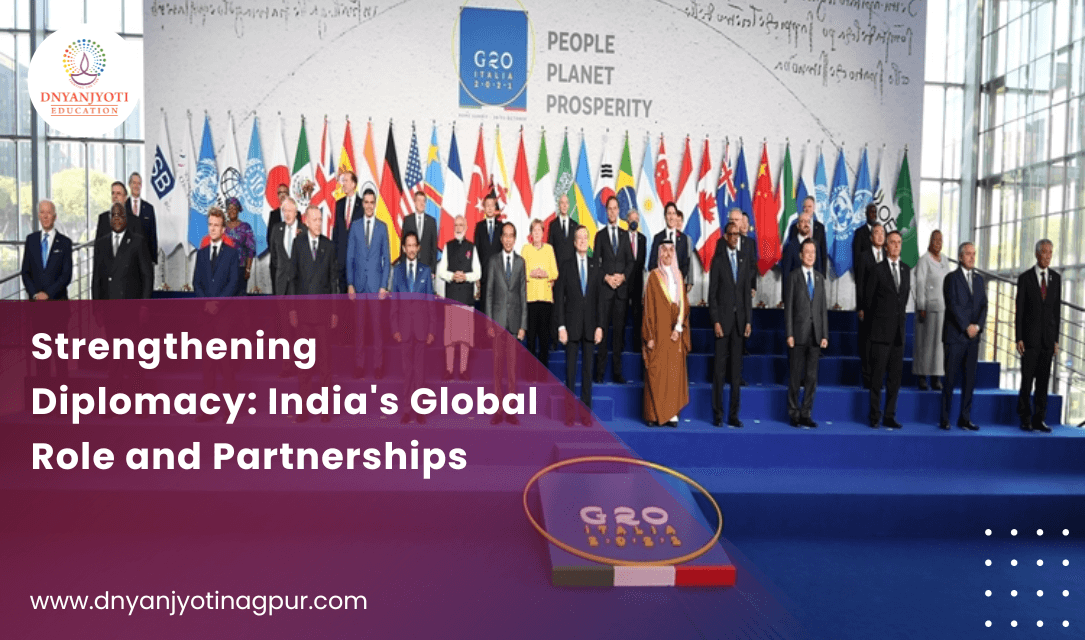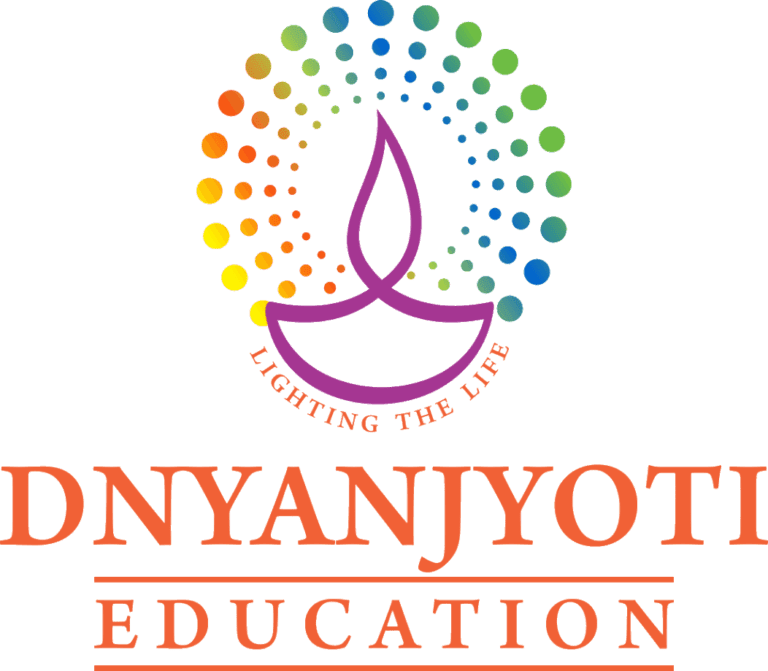Introduction:
India, with its core principle of ‘Vasudhaiva Kutumbakam,’ or ‘The World is one family,’ has risen as a significant global leader. This is a reflection of India’s foreign policy deeply rooted in democratic values. Recent high-level bilateral visits, such as Vice President Jagdeep Dhankhar’s trip to Britain, have invigorated relations with various nations, reinforcing the spirit of mutual cooperation.
Bridging Strengthening Diplomacy and Development:
- India’s foreign policy seeks to harness international partnerships for domestic development.
- This encompasses enhancing technological access, attracting capital, adopting best practices, expanding market access, and securing natural resources.
- A prime example of this approach is the recently revised tax treaty with Mauritius, a move aimed at benefiting both investors and the government, while potentially expanding India’s tax base.
- The trajectory for India’s development remains positive, with diplomatic efforts gaining momentum.
- However, there’s still much ground to cover in leveraging external inputs for economic, social, and technological advancement.
Diplomacy and military resolve to deter China:
- In the context of Indo-Pacific diplomacy, India is bolstering its strategic partnerships with like-minded nations, including the US, Japan, and Australia.
- This strengthening of ties is likely to feature a significant component related to China, evident in India’s active involvement in the recent QUAD meeting.
- Moreover, India may explore expanded cooperation through configurations such as “Quad plus,” which could include New Zealand, South Korea, and Vietnam.
- The Indian Ocean emerges as a focal point in this strategy.
- New Delhi recognizes the need to invest in and develop strategic assets, such as the Andaman and Nicobar Islands, to project power across the Indian Ocean.
- Additionally, to fortify against potential threats from the People’s Liberation Army (PLA), India is placing greater emphasis on infrastructure hardening, base resiliency, redundant command, control, and communication systems, as well as improved air defense.
- Collaboration with the US military has grown in recent years, with Washington designating India as a “major defense partner” and increasing joint training efforts.
- In the event of an India-China conflict, US intelligence and surveillance could provide invaluable battlefield insights.
Managing dynamic interaction between domestic policies:
- The ongoing restructuring aims to ensure that India’s domestic policies and objectives are pursued in a more synergistic manner than before.
- This approach acknowledges the monumental changes in Indian diplomacy over the centuries, which have enabled the nation to adapt to evolving global demands.
- As the Ministry of External Affairs (MEA) prepares to meet the aspirations of a 21st-century India, it’s evident that the process of evolving its institutional foundations must continue.
- The correct institutional design is paramount for effective policymaking, especially in light of global transformations. The MEA’s journey seems to have only just begun.
Conclusion:
- Delhi now adopts an integrated perspective on its interests and actively pursues them through new and interrelated forums, such as the Quad and the ASEAN, viewing them as complementary.
- As India evolves into a major economic entity with significant geopolitical influence, its ability to shape the intersection between its extended neighborhood and the world will expand rapidly.
- In summary, India’s commitment to strengthening diplomacy is evident in its multifaceted efforts to enhance international partnerships, bolster its strategic posture, and promote synergy between domestic and foreign policies.
- These initiatives are poised to elevate India’s global role and influence, fostering a brighter future in the international arena.


